Greetings and welcome to this fascinating guide to the weirdest capital cities on the planet.
Capital cities are the heart of a country, showcasing a country’s unique culture and personality through its architecture, customs, and way of life. But sometimes, these cities can be just plain weird and stand out in their own right.
With that in mind, here we’re discovering the capital cities that are so unusual, they’ll leave you wanting to know more! Whatever your definition of ‘weird’ is, we’re sure you’ll find something to satisfy it with this list. As far as we’re concerned, the weirder the better.
So, grab a seat and relax as we ponder the weird and wonderful top 20+ weirdest capital cities in the world, featuring cities from across the four corners of the globe. Please note, for this list, we’re only featuring modern or planned capital cities, and not historical ones.
1. Ashgabat, Turkmenistan
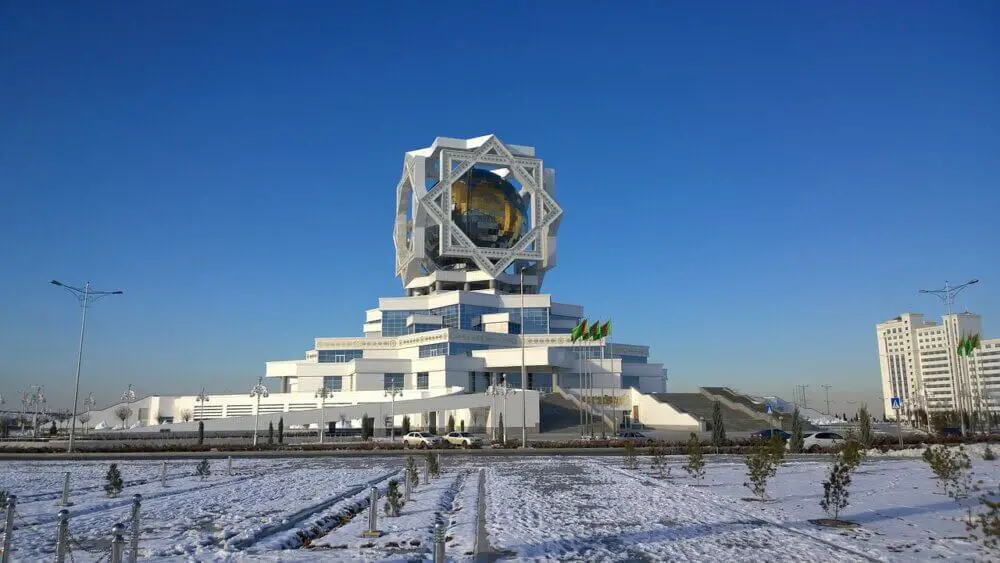
First on our list of the world’s weirdest capital cities is the Turkmenistan capital Ashgabat. The central Asian city is known for its unique architecture, with buildings made of white marble and adorned with golden domes, giving the city a fairy tale-like appearance. This alone sets Ashgabat apart from other cities.
In addition to its stunning architecture, Ashgabat could be considered weird by Western standards for its strict regulations and rules. The city has strict dress codes and bans on certain activities, like chewing gum and playing loud music, making it a controlled and regulated environment.
Another aspect that adds to the city’s oddity is its lack of traffic. Unlike other bustling cities, Ashgabat has limited the number of cars on the road, leading to quiet streets and an eerie silence. This is definitely a unique, and weird, experience for visitors.
2. Plymouth, Montserrat
Plymouth, the de jure capital of Montserrat, could be labelled as a weird capital city due to its abandoned state. For, the city was destroyed by volcanic eruptions from the nearby Soufrière Hills volcano, and it remains largely uninhabitable to this day.
Additionally, Plymouth’s location on the side of an active volcano adds to its strangeness. The Soufrière Hills volcano still erupts from time to time, and this causes ash falls and other volcanic activity in and around the city.
However, despite being abandoned and located near an active volcano, Plymouth remains an interesting tourist destination. Visitors can explore the city’s ruins and learn about the island’s volcanic history. This unique blend of natural disaster and history makes Plymouth a truly odd and unforgettable place.
3. Ngerulmud, Palau
When you think of capital cities, you think of them being a bustling hub of human activity, right?
Well, you may have to reappraise this belief in the case in Palau’s capital, Ngerulmud. It is a weird city for a few reasons, but one of the main ones is that it is one of the smallest capitals in the world, with a population of only around 500 people.
A contributing factor to this weirdness is Ngerulmud’s location on the remote island of Babeldaob. Babeldaob is the largest island in Palau, but it is sparsely populated, and Ngerulmud is the only town on the island.
In spite of this, Ngerulmud does act as a hub of government activity for Palau. The city is home to the country’s legislative and judicial branches as well as various government offices, making it a functioning, if unlikely, capital city.
4. Astana, Kazakhstan
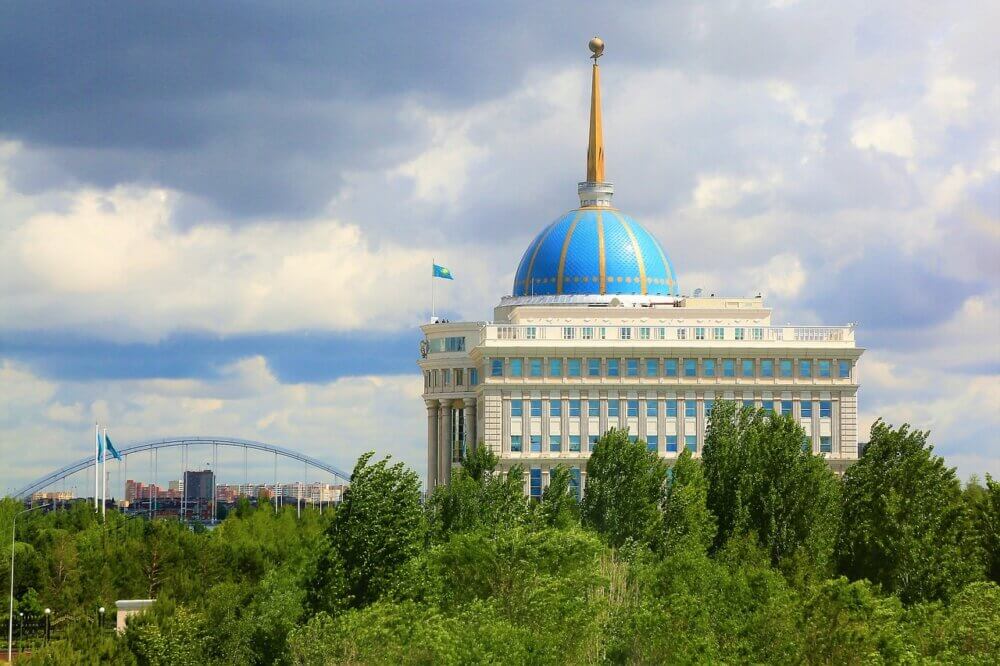
For a capital city unlike any other, you may want to check out Astana, Kazakhstan. After all, where else would you see such weirdly wonderful space-age architecture like The Palace of Peace and Reconciliation and the Khan Shatyr Entertainment Center.
The history of the Kazakh capital also adds to the strangeness. It wasn’t long ago that Astana was just a small town, but, in the latter half of the 20th Century, it underwent a rapid transformation and became the country’s capital in 1997. This rapid change has given the city a distinct character.
Astana’s extreme climate also arguably makes it one of the weirder capital cities. In essence, the summers are scorching hot, while the winters are freezing cold, and this extreme contrast makes Astana a challenging place to live. But, it’s also a city that is full of surprises and adventures.
5. Naypyidaw, Myanmar
Naypyidaw, the capital of Myanmar, is considered a weird city for a few reasons. Firstly, it is a relatively new capital, having been officially declared as the capital in 2005. This sudden change in capital cities is unusual, and the city itself has a sterile and artificial feel, as it was purpose-built to be the capital.
Another factor that contributes to Naypyidaw’s weirdness is its location. The city is located in a remote and rural part of the country, far from the major population centres of Myanmar. This has made it difficult for the city to attract businesses and people, and it has a somewhat eerie and deserted feeling in comparison to other capital cities.
Finally, the city’s layout and design are also strange and unique. The city is filled with wide, empty roads, and large, sprawling government buildings, giving it a feeling of a planned and purposeful city, but one that is not entirely lived in. These factors, combined with its remote location and purpose-built nature, make Naypyidaw particularly unusual.
6. Kinshasa, DR Congo and Brazzaville, Congo
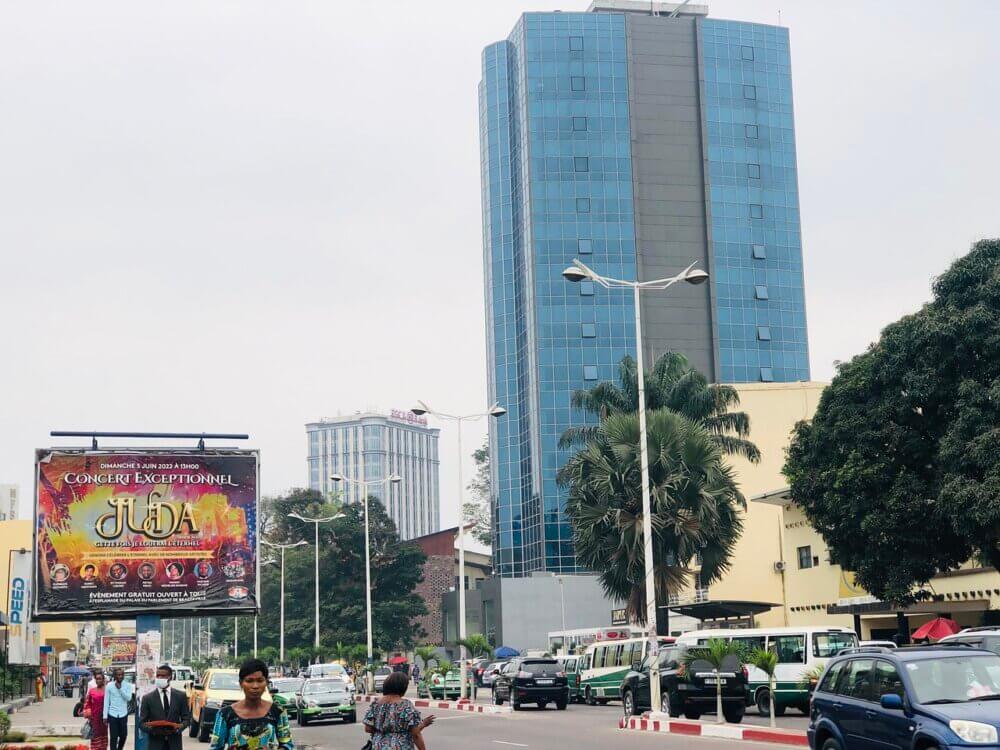
Kinshasa, located near the border of the Democratic Republic of the Congo, is a city that stands out for its weirdness. As one of the largest cities in Africa, Kinshasa is known for its bustling and chaotic atmosphere, with people, cars, and activity filling the streets.
The same can be said of Brazzaville, which, despite having five times less people than Kinshasa, is still an important city. Both cities have huge societal contrasts, with modern high-rise buildings existing alongside sprawling slums.
However, what makes them both strange is the close proximity between the two. Kinshasa and Brazzaville occupy opposite banks of the Congo river, directly across from each other. No other major capitals in the world have such a close connection, and this makes them fascinating cities in their own right.
7. Brasilia, Brasil

Never far from controversy, the Brazilian capital city of Brasília is a city that definitely raises some eyebrows. It’s relatively new, having been built from the ground up in the 1950s as the country’s new capital. Because of this, critics argue that there’s a certain sterile and artificial feel to the place.
That being said, Brasília has a weirdly fascinating layout and urban design. In essence, the city’s streets are designed so that, from above, they are patterned in the shape of a bird. It was masterminded by the famous architect Oscar Niemeyer, and has a modernist style with curves and shapes that is largely unlike anything else in Brazil.
However, being a planned city has meant that Brasilia is relatively spread out and sparsely populated, with a large number of government employees, but not many local businesses or services. This gives the city a somewhat deserted feel, especially when compared to other bustling cities in Brazil.
8. New Administrative Capital (NAC), Egypt
Egypt’s New Administrative Capital, as the name suggests, is a brand new city that is currently being built from scratch in the middle of the desert. It is being constructed with the aim of becoming Egypt’s new capital, moving it away from Cairo.
What’s unusual about the New Administrative Capital is the composition of its buildings. The city is going to be a hub of government and business activity, with modern infrastructure, green spaces, and high-tech buildings. This makes it stand out from other cities in Egypt, which are more known for their historical and cultural heritage.
Indeed, the sheer size and scope of the New Administrative Capital makes it unique as far as new capital cities are concerned. It’s planned to be a city for over 7 million people, complete with all the amenities and services needed for daily life. The scale of this task makes it one of the biggest construction projects in the world.
9. Nairobi, Kenya
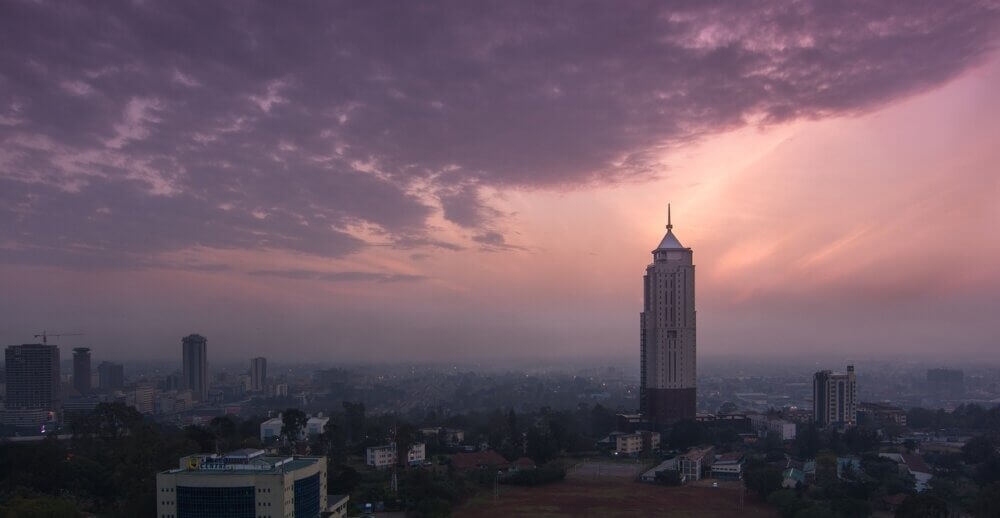
Next up on our list of the weirdest capital cities in the world is Nairobi, the capital of Kenya. It has an aura of eccentricity, owing to its unique blend of urbanisation and wildlife, with national parks and game reserves located within Nairobi’s city limits.
Another aspect that makes Nairobi a weird city is its fast-paced development and modernity, set against a backdrop of traditional cultures and traditions. This creates a dynamic and eclectic mix of old and new, and gives Nairobi a unique character that’s both exciting and unpredictable.
As well as this, Nairobi’s location at the crossroads of East Africa gives it a strategic importance that’s reflected in its thriving economy and diverse population. This cosmopolitan vibe, combined with its natural beauty, makes Nairobi a truly weird and wonderful place to visit.
10. Baku, Azerbaijan
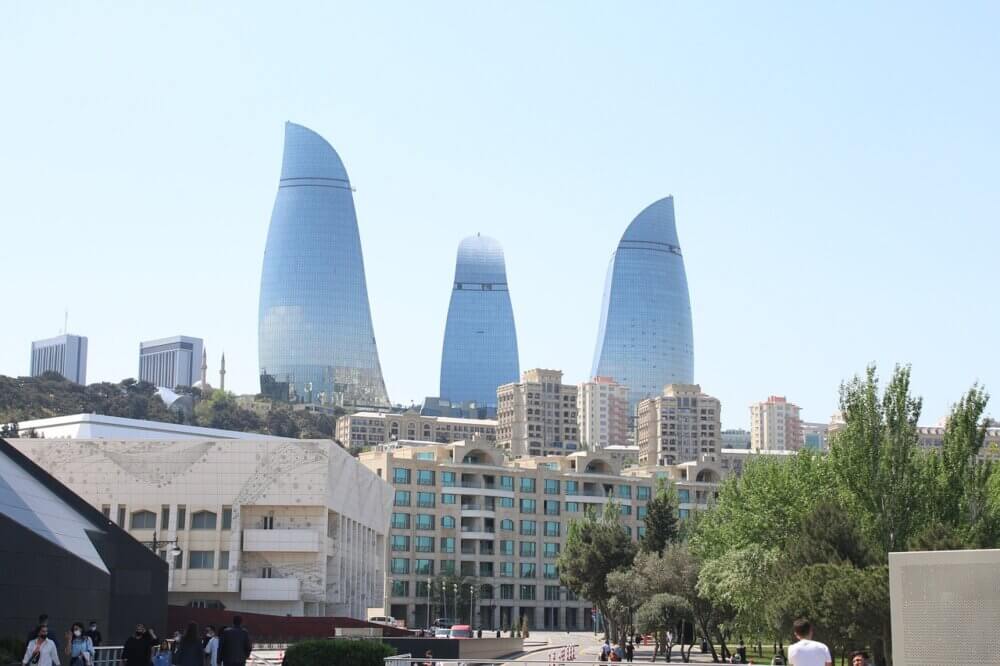
Baku, the capital of Azerbaijan, combines local heritage with modern infrastructure in a way that is truly unique, particularly for the region. Located on the Caspian Sea, the city’s waterfront contains a mix of ancient stone fortresses and modern skyscrapers, the contrast of which is relatively unseen in the rest of the world.
Another thing that makes Baku an intriguing city is its blend of Eastern and Western influences. Azerbaijan has a rich history of cultural exchange with neighbouring countries such as Persia, Russia, and the Ottoman Empire, and this is reflected in the city’s architecture, cuisine, and culture.
The city is also reputed for its thriving oil and energy industries, which has given it a level of prosperity that is rare in the region. This, combined with the way Baku blends together old and new, East and West, and much else besides, makes for a weird and wonderful melting pot.
11. Budapest, Hungary

Renowned throughout the world for its architectural beauty, Budapest is a city that has preserved its heritage incredibly well. Magnificent structures like the Buda Castle and the Parliament Building have stood the test of time and are enjoyed by the millions of people that visit the city every year.
What makes Budapest a weird city is that it is essentially two cities rather than one: there is Buda, on the west bank of the Danube, and Pest, on the east. These two parts of the city have distinct personalities and histories, with Buda being the older, more traditional part of the city, and Pest being the more modern and commercial side. This division creates a unique dynamic that makes Budapest a capital city like no other.
Another aspect that makes Budapest unique as a major capital city is its rich thermal culture. Budapest is home to over 120 thermal springs, which have been used for therapeutic purposes for thousands of years. Today, these thermal springs are still a major part of the city’s culture, with many public baths and spa complexes offering visitors a therapeutic experience.
12. Cape Town, Pretoria, Bloemfontein (South Africa)
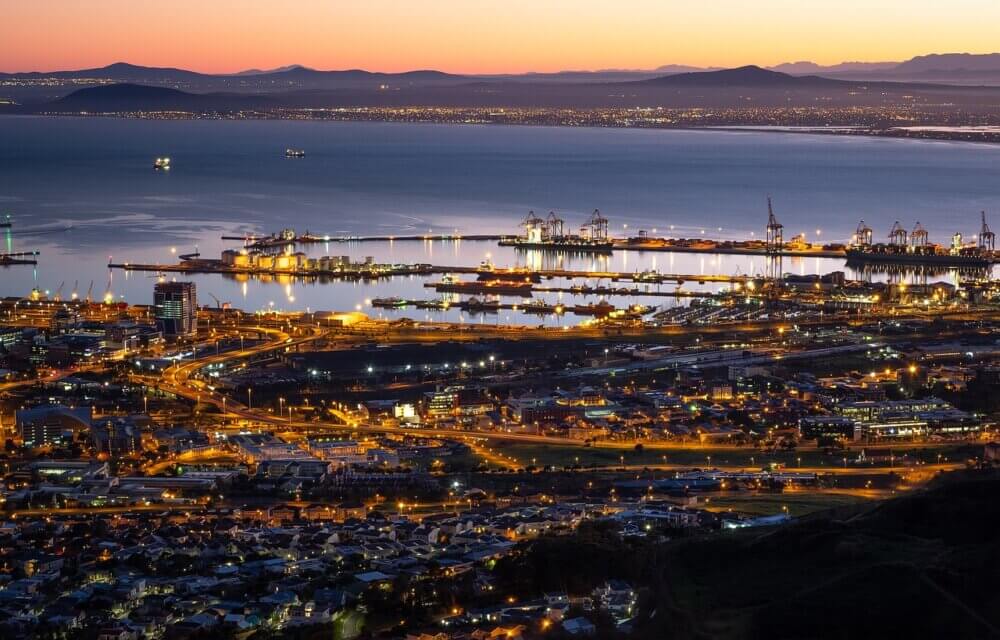
While Cape Town, Pretoria, Bloemfontein, are not necessarily weird capital cities in their own right, the fact that there are three capitals in the first place may well be. South Africa is the only country in the world that has this amount of designated capitals.
Each of these cities has its own distinct histories, with many important cultural and historical sites, but they are also modern and forward-thinking with thriving economies and a vibrant cultural scene. This dynamic blend makes the South African capital cities stand out from the pack.
Especially, the South African capital cities are known for their diverse and multicultural populations, which have created a unique and vibrant cultural landscape. From the historic Cape Malay Quarter in Cape Town to the bustling street markets of Pretoria, they represent South Africa’s intriguing history.
13. Bern, Switzerland
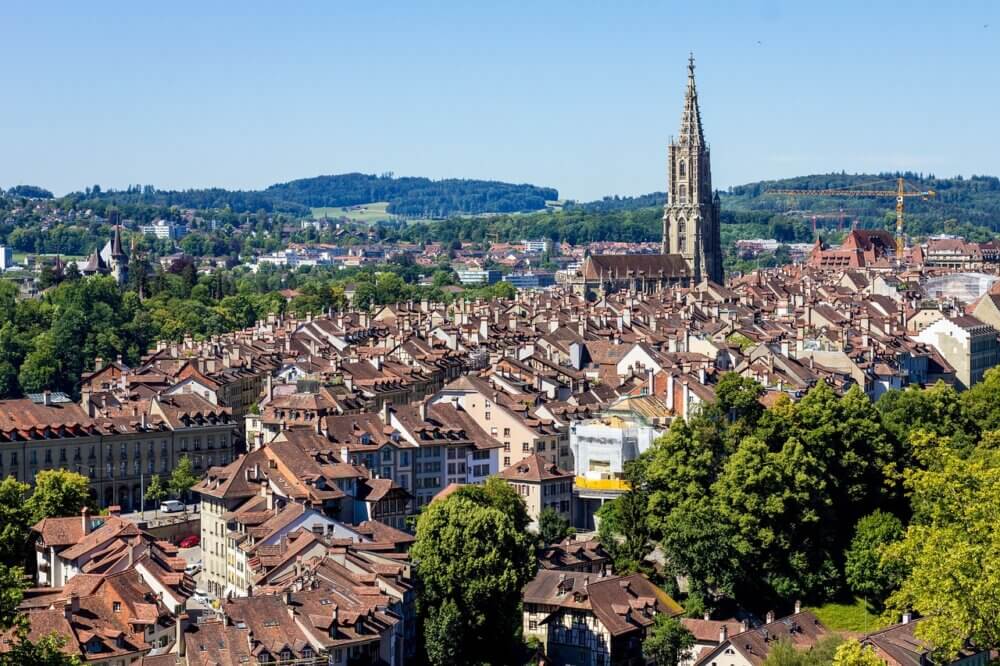
Bern, Switzerland’s capital, is an intriguing capital city. Anyone who visits will know it has a rich architectural heritage, evident in its well-preserved medieval old town that has earned it a UNESCO World Heritage Site designation.
So why is it a weird capital? Well, this is due to its status as a ‘de facto’ capital, rather than an official one. To avoid an imbalanced concentration of power between its cities, Bern was designated as the federal capital in 1848, over bigger cities such as Zurich and Geneva. That means the city is technically the seat of government, but not the home of its judiciary.
Asides from this, Bern also has a rather strange location for a capital city. Unlike most such cities, which are typically found in low-lying areas, Bern is nestled high in the Swiss Alps, surrounded by breathtaking mountain vistas. This unusual setting gives the city a distinct character and vibe, making it a truly uncommon destination.
14. Stockholm, Sweden
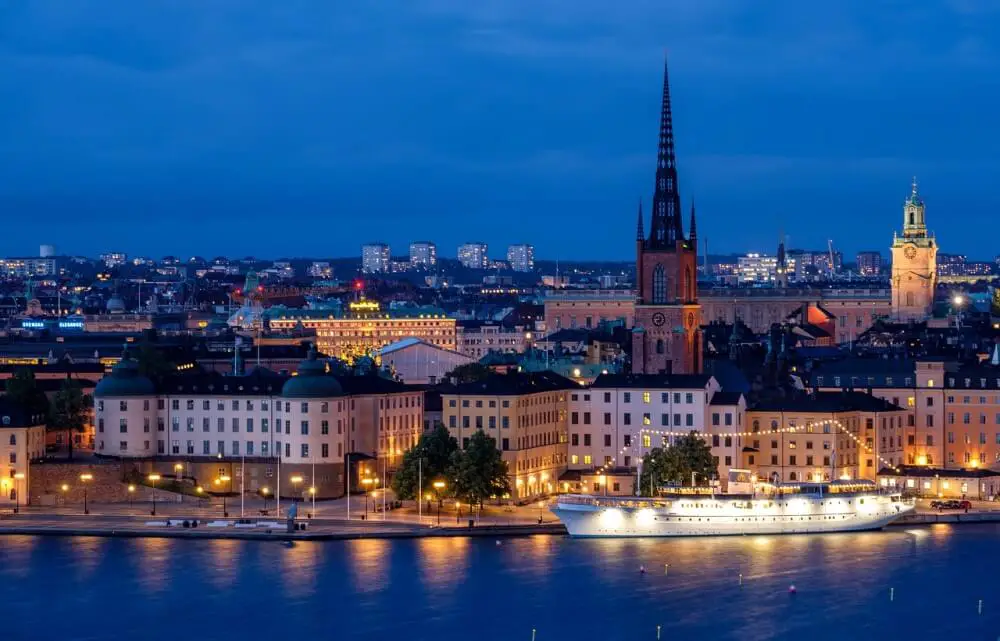
Sweden’s long-established capital Stockholm is a city that leans on the weird side. This is mainly because it is built across 14 islands and intertwined waterways, giving Stockholm a one-of-a-kind appearance. While there are other cities that are designed around water, no other major city is divided up in such a drastic way.
And, while architectural diversity is not necessarily weird, Stockholm is a city that merges the old and new in a pretty unique way. From historic buildings to modern structures, the blend of old and contemporary buildings creates an eclectic mix, making it a city that is always pushing boundaries.
Stockholm is also famous for its vibrant cultural scene. From music and literature to high-end fashion, the Swedish capital is a hub for the creative and a place where visitors can indulge in a fantastic cultural experience.
15. Bratislava, Slovakia
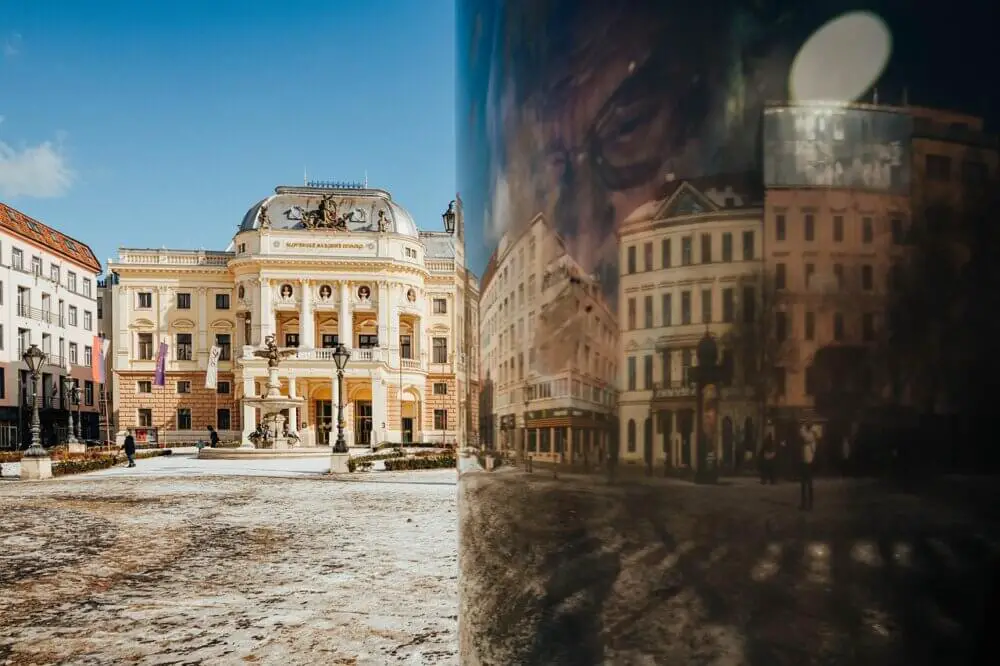
The charming Slovakian capital of Bratislava is full of character. It is becoming more and more popular as a go-to destination, thanks to diverse architecture that has been inspired by centuries of various central European influences.
And it is this diverse range of influences is what makes this capital pretty unique. Bratislava is located at the junction of three countries: Slovakia, Austria and Hungary. Due to this, it has historically been a melting pot of different cultures and continues to be to this day.
In addition to its rich history and unique architecture, Bratislava is also known for its vibrant nightlife, thriving food and drink scene, and its fun-loving spirit. Without doubt, it is a city that is one to put on your travel list.
16. Male, the Maldives
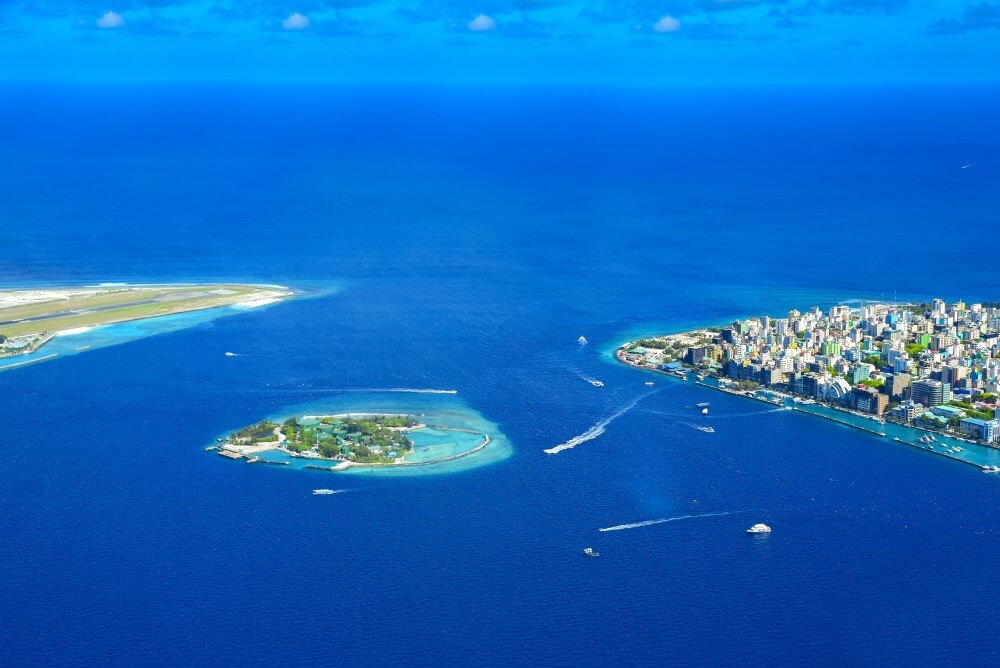
Male, the capital of the Maldives, is a unique and standout city among capitals. Despite being one of the smallest capital cities in the world, it is a hub of activity, blending traditional and modern cultures. The tiny island city has a one-of-a-kind character that is sure to leave a lasting impression.
But, what makes the Maldivian capital particularly strange is its urban design. The city’s densely-packed streets of the city take up the entirety of one of the Maldives’ small islands, leaving a striking impression from above. This spectacular layout is not repeated in any other capital cities of the world.
And, aside from its compact size and lively vibe, Male is a city of stunning natural beauty. From its crystal-clear waters to its lush vegetation, Male is surrounded by breathtaking scenery that will leave you in awe.
17. Nicosia, Cyprus
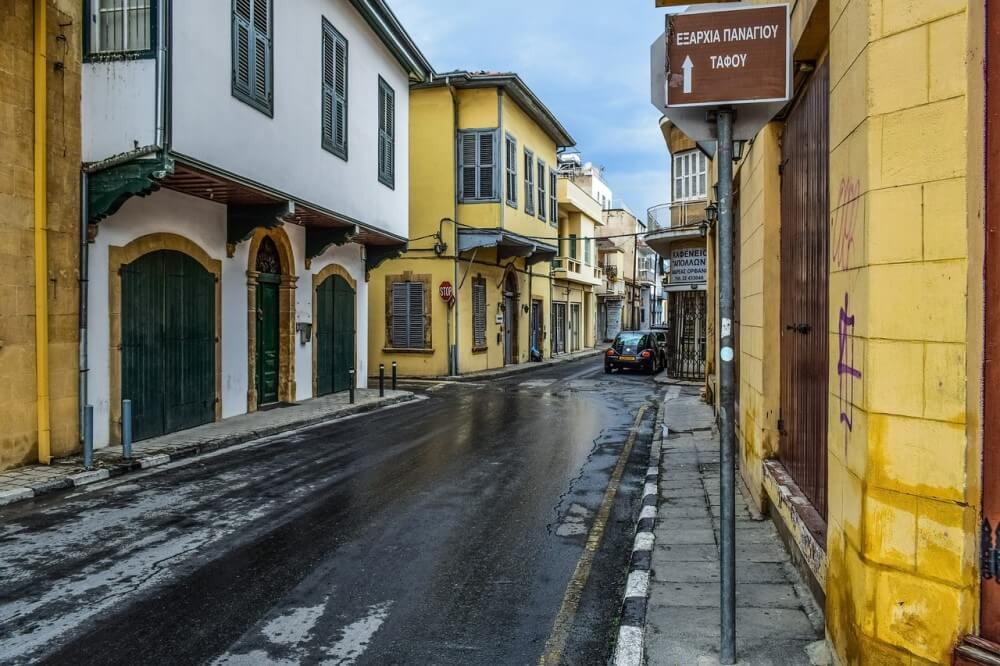
Nicosia, the capital city of Cyprus, is a unique destination that is often overlooked by travellers. But, it is a fascinating city that is unlike any other capital in the world, for a variety of reasons.
One of the things that makes Nicosia so strange is its location. The city is divided by a United Nations-controlled buffer zone, known as the “Green Line,” which separates the Greek-Cypriot controlled South from the Turkish-Cypriot controlled North. This division gives Nicosia a strange and eerie feel, with abandoned buildings and empty streets in the North and bustling street life in the South.
Another aspect that makes Nicosia a weird capital city is its architecture. The city is a mix of Ottoman, colonial and modern buildings, which gives it a unique and quirky appearance. Visitors will find historic mosques, grand colonial buildings, and futuristic skyscrapers all in one place, making it a truly peculiar and interesting destination.
18. Tehran, Iran
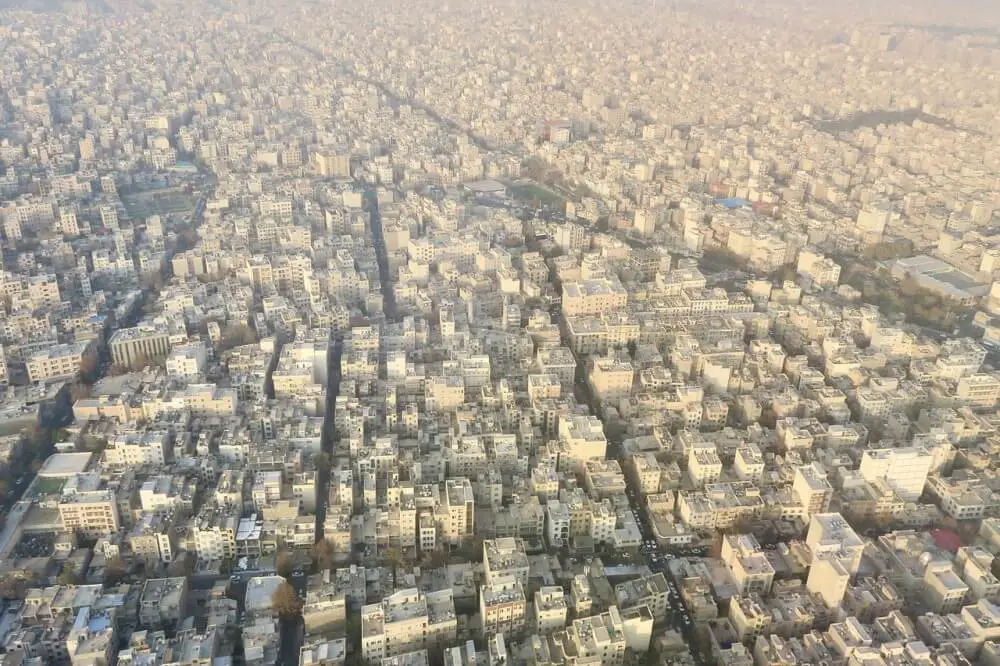
Tehran, the capital of Iran, is a city that stands out for its unique blend of old and new. With a history that dates back thousands of years, Tehran has evolved into a bustling metropolis with modern skyscrapers towering over traditional bazaars and historical landmarks. Despite the rapid pace of development, the city still holds onto its rich cultural heritage.
The city’s traffic is another aspect that makes it truly weird. With over 12 million inhabitants, the streets of Tehran are often congested, making navigating the city a challenging task. Despite this, the city has a vibrant energy that is palpable, and its residents are known for their friendly and welcoming nature.
Perhaps what makes Tehran truly weird, however, is its location. Surrounded by the Alborz mountain range, the city is situated at the heart of Iran’s central plateau. This has resulted in a city with a distinct geography, which sets it apart from other capital cities in the region. It also stands at the foot of a huge 5670 metre-high stratovolcano, something which is rarely seen among capital cities of the world.
19. Tokyo, Japan

Tokyo, Japan, is the biggest of all capital cities. And, with its futuristic technology and quirky pop culture, it is a city that seemingly has something weird around every street corner. From bustling streets to its serene shrines, the megalopolis offers a stunning blend of modernity and local Japanese tradition.
One of the main reasons that Tokyo is so weirdly wonderful is its diverse and eccentric neighbourhoods. Each neighbourhood has its own unique character, from the quirky fashion shops in Harajuku to the technology hubs of Akihabara, each neighbourhood has its own unique character.
And with its endless street food stalls, vibrant nightlife, and endless shopping opportunities, there’s always something new (and weird) to discover in Tokyo.
20. Rome, Italy
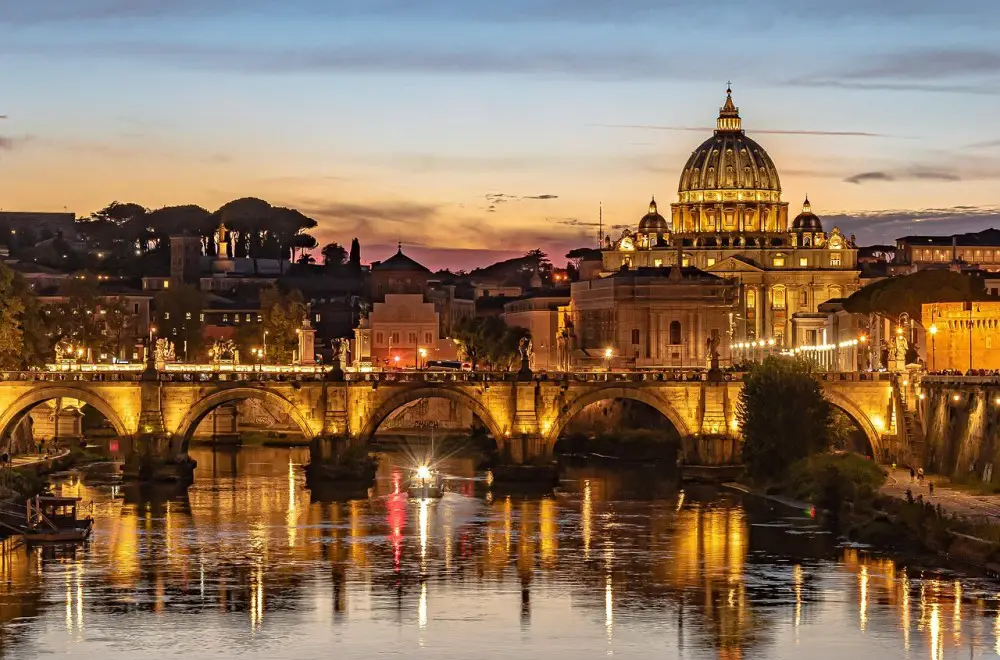
Rome is a capital city that truly needs no introduction. Renowned worldwide for its unique blend of historical and modern elements, it is filled with ancient ruins and monuments that coexist alongside modern buildings and amenities.
But it is not Rome itself that is what makes it a weird city – rather, it is what is located within its borders. This is Vatican City, home of the Catholic religion, which is an entirely separate country that is enclosed by but separate from the city of Rome. This two-capitals-in-one arrangement is completely unique in the world.
The city’s combination of ancient history, modern amenities, and chaotic traffic creates a unique atmosphere that makes Rome a truly weird and unforgettable place to visit. From the bustling streets of the city centre to the quiet, cobblestone alleys of the historic neighbourhoods, there is something about this capital city that sets it apart from all others.
So there you have it! Our journey through the weirdest capital cities of the world has come to an end. But let’s take a moment to reflect on what we’ve learned. Capital cities are the beating hearts of their respective countries, offering a glimpse into its past, present, and future. They can be historic, cultural, political, or all of the above.
But sometimes, capital cities go beyond the conventional and offer something truly unique and unusual. From the charming medieval streets of Bern to the futuristic vibe of Tokyo, these cities will leave you with memories that you’ll never forget. They’ve got a weirdness that sets them apart and makes them so intriguing to visit.
If you’ve enjoyed this list, check out more of our articles based on the urban construction and design of cities. For example, check out our guide to 12+ cities with amazing urban design, which features some of the capitals mentioned here!
Or, for more compilations, building news and architectural discussion, explore our latest articles, including why a building is called a building if it has already been built.
Last Updated on 21 March 2023 by Michael